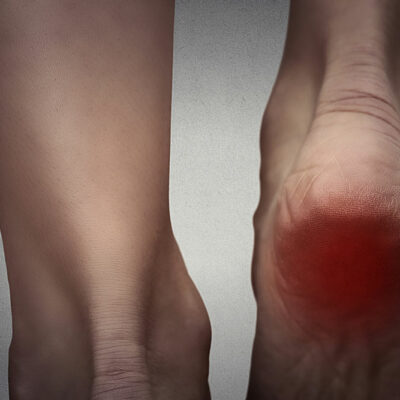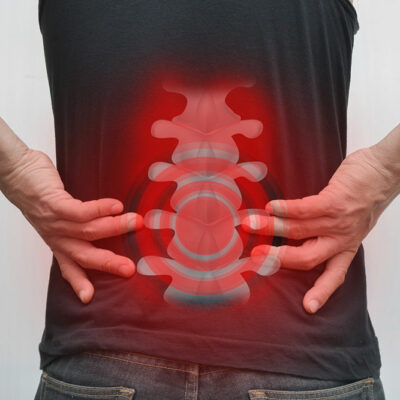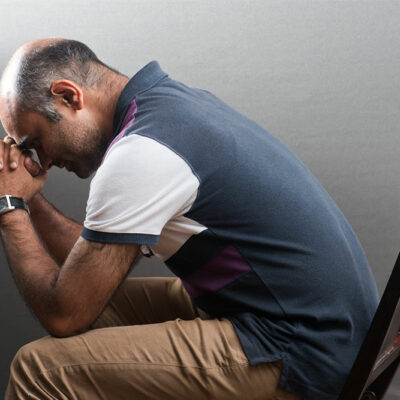
Signs & Symptoms
Causes and Symptoms of Pain in the Foot
Foot pain can cause immense discomfort. While foot pain usually just requires a good few hours of relaxations and rest to fade away, sometimes it persists for a long period of time for no evident reason. In this scenario, one must consider that there is a possibility of an underlying condition which is causing the pain. You may experience several symptoms before the onset of a particular condition, or experience no symptoms at all. Some of the most common causes of foot pain include bunions, heel spurs, and plantar fasciitis. These conditions may lead to general pain, uneasiness, walking difficulties, and the projection of bony growth on the feet. While taking medications help in treating these conditions, you must get the required therapy regularly to ensure that these conditions do not progress further and complicate matters. As a basic remedial measure, you can buy specialized shoes online or at a shop near you. These shoes have comfortable paddings and additional room for your feet and help keep them comfortable. Here are a few of the most common foot pain symptoms and their causes: Foot pain causes Here are a few of the most common causes of foot pain: Bunions This is a condition characterized by the appearance of bony projections on the inner side of the foot and at the big toe joint.




















